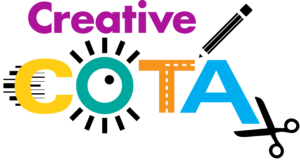
(This post includes Amazon Affiliate links. If you use a link to purchase a product I will receive a small commission.)
Unlock the secrets of letter readiness for young learners with these tips tailored for optimal development. Many children aren’t developmentally prepared to embark on letter writing until around the ages of four or five. It’s crucial to ensure they can confidently draw fundamental shapes such as circles, horizontal, vertical, and diagonal lines, as well as combine lines to create a + and an X, before delving into letter formation.
Premature introduction to writing may lead to the development of poor habits. In this blog post, discover a variety of engaging techniques for children to grasp letter fundamentals without the need for a pencil. These proven strategies are frequently incorporated into occupational therapy sessions, ensuring a holistic approach to skill development. Empower young learners in mastering letters through hands-on, developmentally appropriate activities.
Think Multi-Sensory! Embark on a sensory-rich journey as we uncover the countless ways children can learn letters, numbers, and words without ever picking up a pencil. This multi-sensory approach sparks creativity, fosters engagement, and enhances the learning experience.
Unlock New Ways to Learn: Discover an extensive array of activities designed to cater to different learning styles and preferences. From tactile and auditory experiences to visual and kinesthetic engagement, there’s a multi-sensory method for every child’s unique needs.
Ready to Write on Paper? Try Various Tools: When the time comes for children to transition to paper, provide an array of tools to keep the learning experience dynamic. Explore writing with crayons, markers, chalk, paint, colored pencils, vibrating pens, or the classic pencil. Each tool adds a unique sensory dimension to the writing process.
Promote Functional Grasp and Starting at the Top: Optimize the writing experience by encouraging children to use crayons, markers, and other tools on vertical or slanted surfaces. Whether it’s a wall, a large binder, or an easel, these surfaces promote a functional grasp and instill the habit of starting letters at the top, laying the foundation for effective writing skills.
Use multi-sensory exploration, activities that stimulate various senses, ensuring a holistic and enjoyable approach to learning letters, numbers, and words. From unconventional tools to strategic surfaces, every element is curated to foster skill development and creativity. Join us on this sensory-rich adventure!
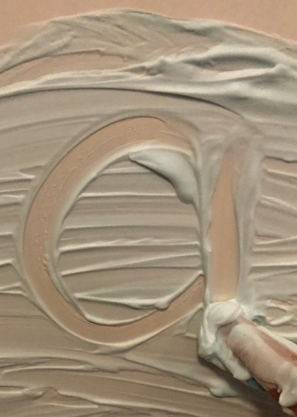

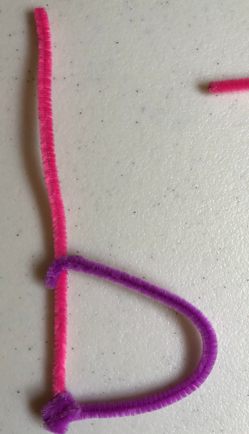
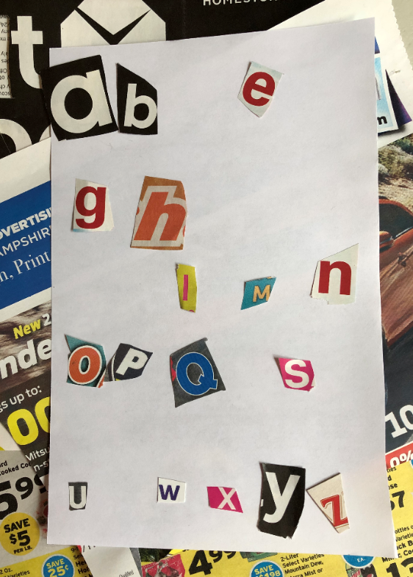
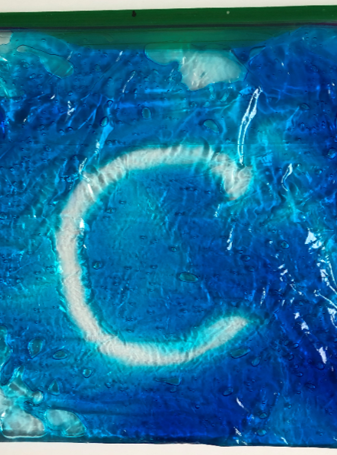
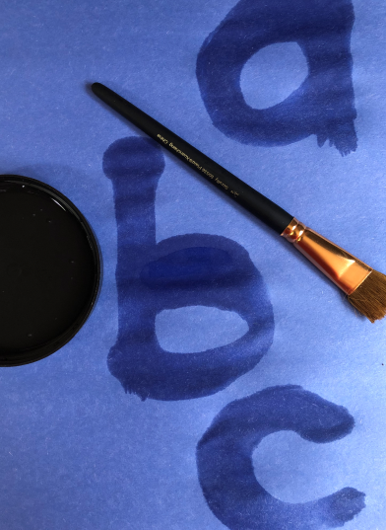
Expand your toolkit with these innovative ways to foster letter development without relying on a pencil. These activities, perfect for occupational therapy sessions, combine sensory engagement and creativity:
- Shaving Cream Sensory Fun:
- Spread shaving cream on a cookie sheet, table, or even tub walls during bath time. This sensory-rich activity provides a unique way to practice letter formation and spelling words.
- Kinetic Sand Stamping:
- Utilize letter stamps in kinetic sand to stamp out and trace letters and words. This tactile approach adds an extra layer of engagement to letter exploration.
- Wikki Stixs, Pipe Cleaners, and Play-Doh Creations:
- Build letters using Wikki Stixs, pipe cleaners, or playdough. This hands-on approach enhances fine motor skills while making letter formation a creative endeavor.
- Floor-Writing Adventure:
- Take letter formation to the floor. This dynamic activity allows children to physically walk out the shape of letters, adding a kinesthetic element to the learning process.
- Mystery Writing and Tactile Guessing:
- Engage in Mystery Writing by guiding your child’s hand to form letters with their eyes closed or writing on their backs. Encourage them to guess the letter based on tactile sensations.
- Air Writing with a Twist:
- Experiment with Air Writing, incorporating double-doodle style by having them write with both hands simultaneously. This enhances bilateral coordination and motor skills.
- Outdoor Sand Drawing:
- Draw letters in the sand outdoors or create a tray with colored craft sand. For a winter-themed twist, use salt as a writing surface in a sensory writing center.
- Gel Bag Exploration:
- Create a gel bag with food coloring or colored gel and let them write letters in the gel. This mess-free activity provides a sensory-rich experience.
- Water Brush Painting:
- Utilize an adapted paintbrush with water to make letters on construction paper, pavement, or brick walls. The evaporating water adds an interactive element to the letter-writing process.
- Letter Scavenger Collage:
- Hunt for letters in magazines, books, mail flyers, cereal boxes, and household items. Create a collage featuring each letter or compile one for the entire alphabet. This activity combines letter recognition with artistic expression.
Embark on a journey of multisensory letter exploration, making each session a delightful and effective learning experience.



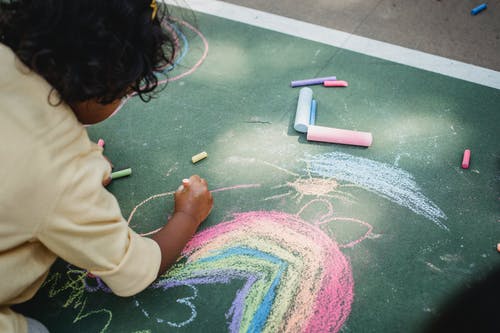
Check out these resources in my store for pre-writing, letter-writing practice, and handwriting assessment.
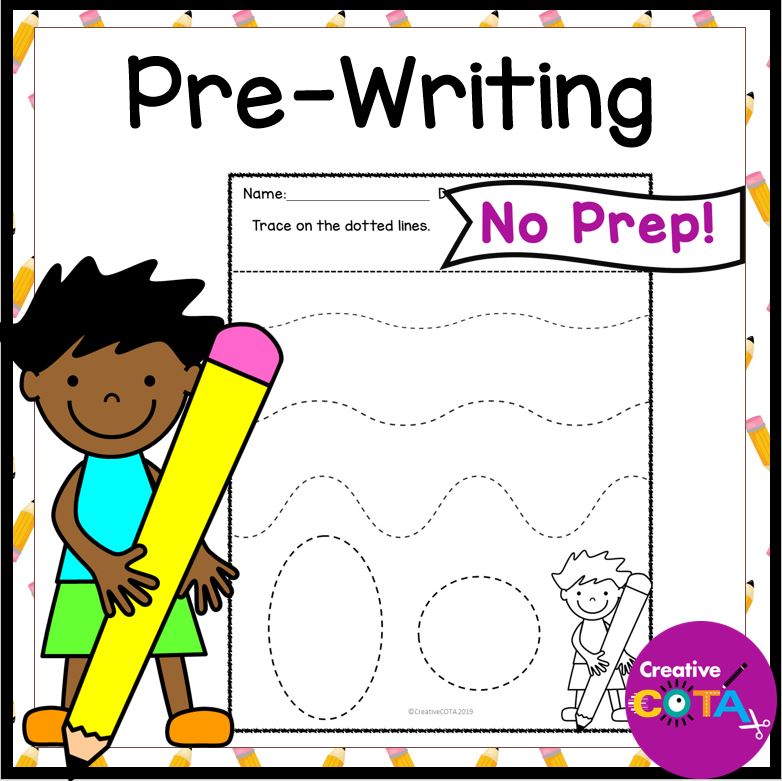
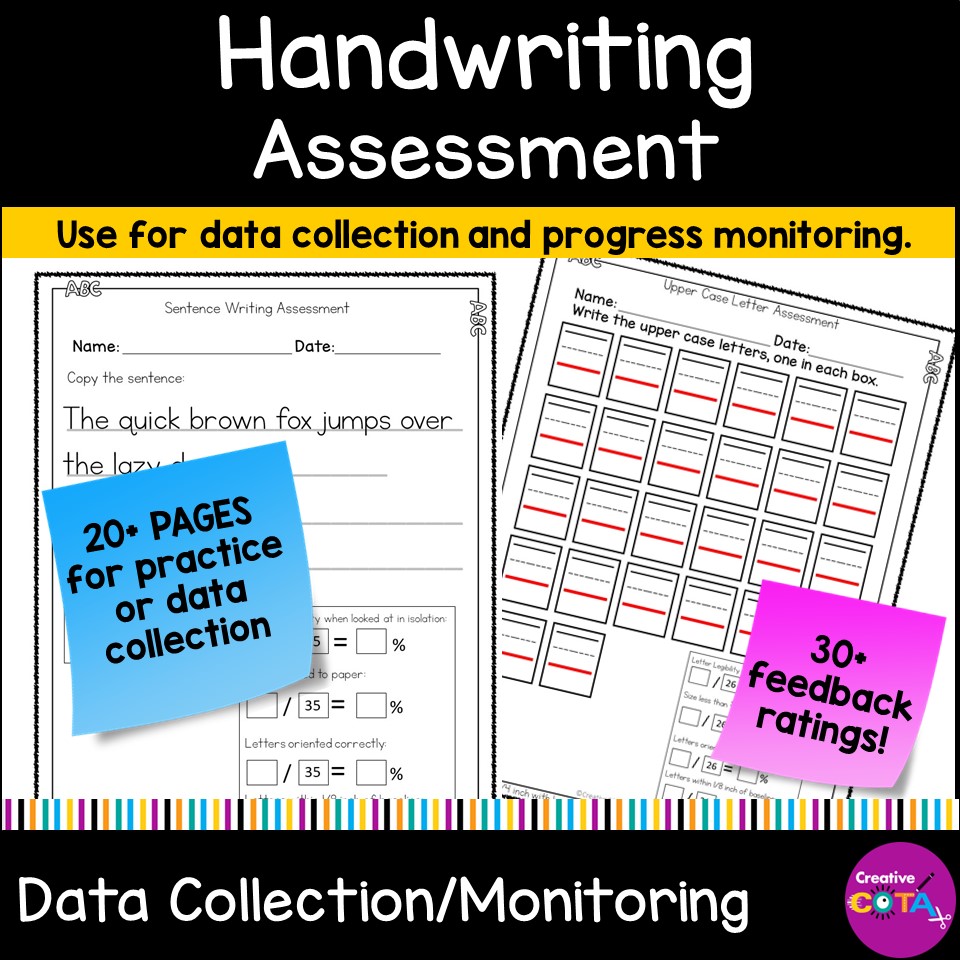

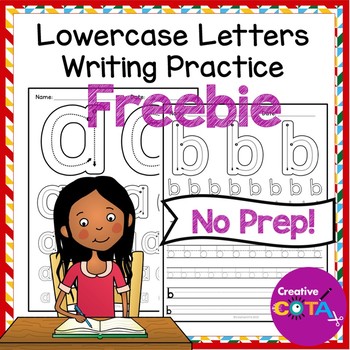
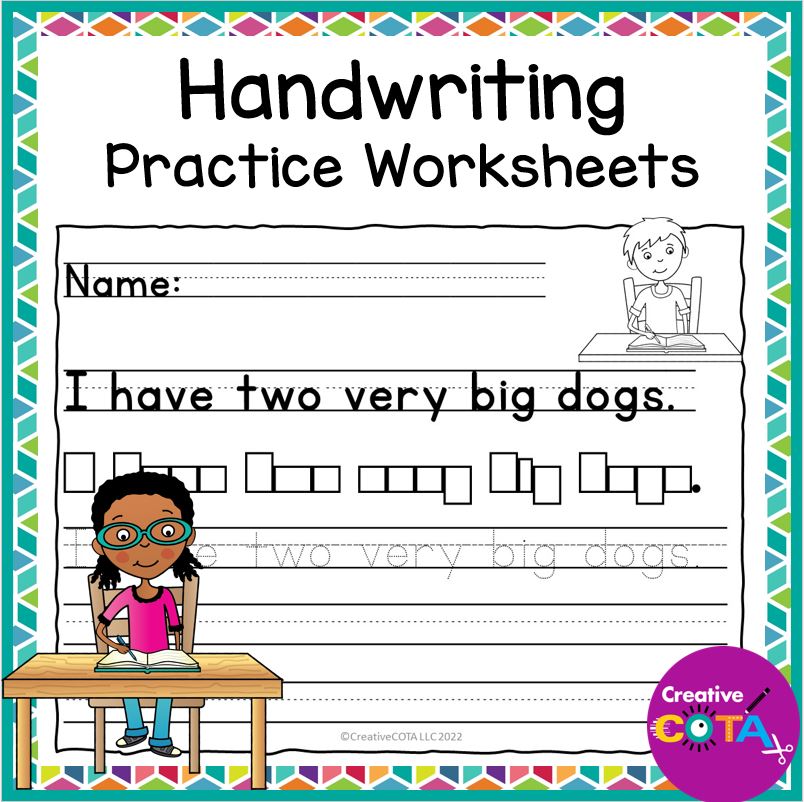
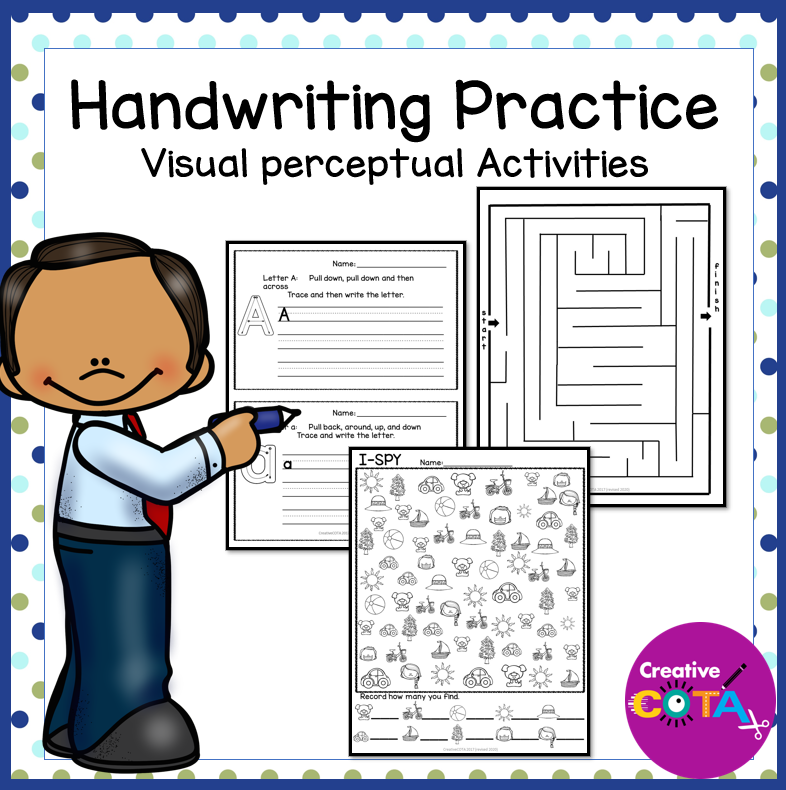
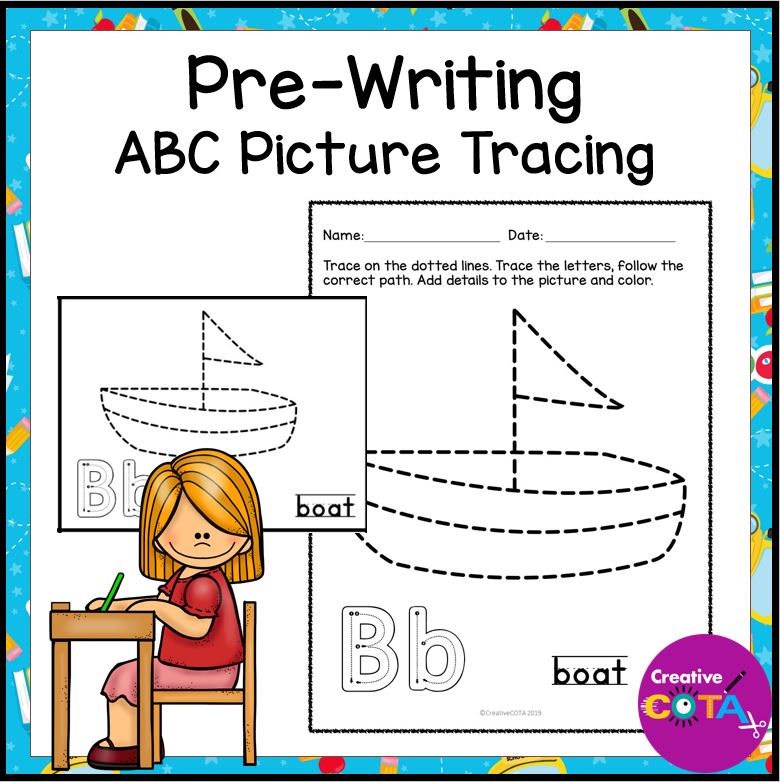

About the Author
I am a Certified Occupational Therapy Assistant (COTA) and have been working in a public school system for more than 25 years. My resources can be found on TPT, BOOM Learning, Made by Teachers, Classful, and Your Therapy Source. I appreciate your interest wherever you wish to shop.
My mission is to help you find creative ideas to incorporate fine motor, visual perception, gross motor, and social-emotional learning into your lessons.
I hope you consider signing up for my Free Resource Library with your Email. I send out emails about once a week and share resources, tips, and planning ideas for your classroom or occupational therapy needs. Hopefully, these help your students work on building their skills in a fun and engaging way.

